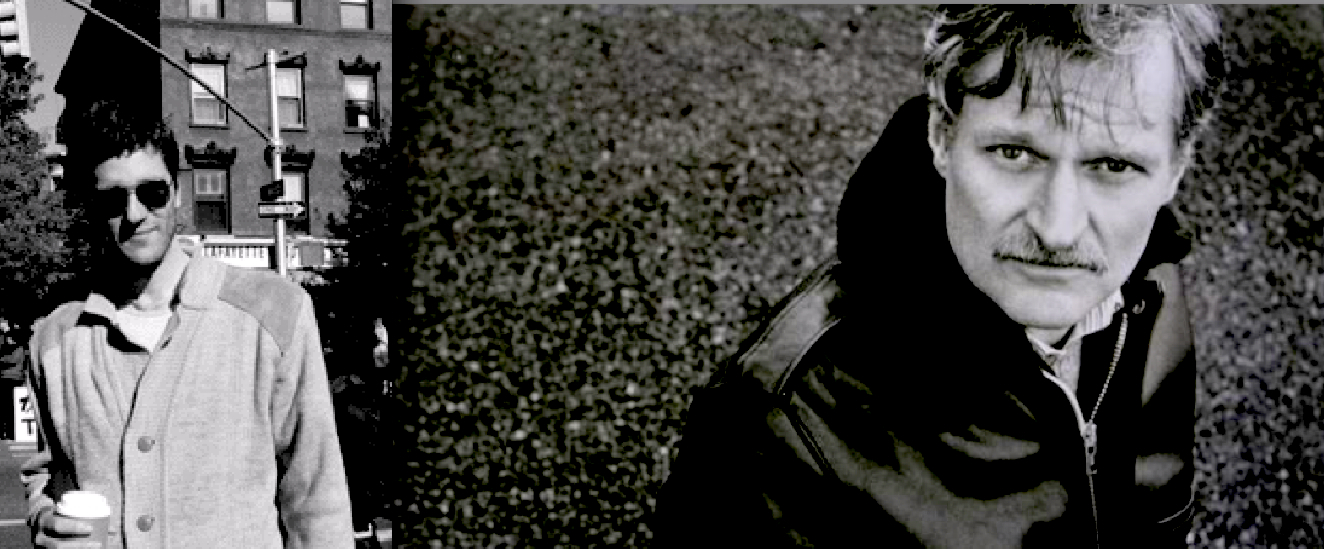Christian Hawkey
December 5, 2017
Notes on the translational Gothic
Or, how the weird enters the world, part two

October 25, 2016
Ashbery's silences sampled
'It reads a kind of ecopoetics back into the poet’s auditory performance.'

February 10, 2013

